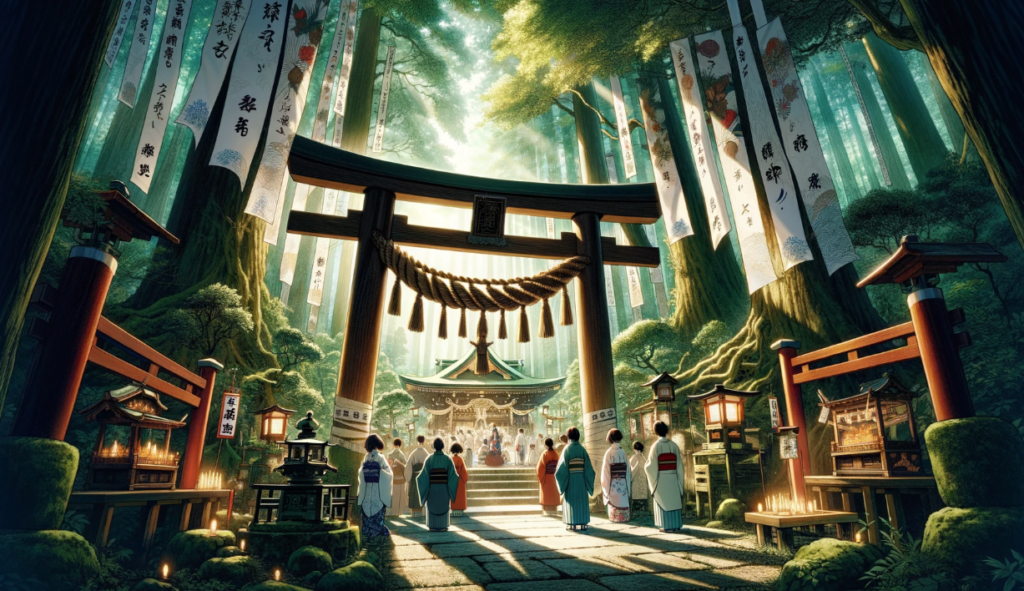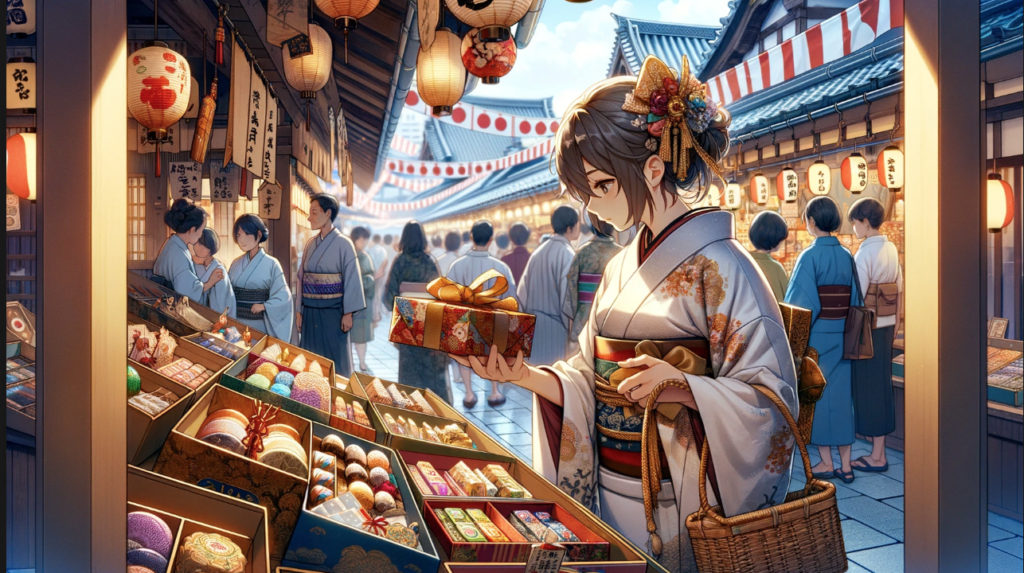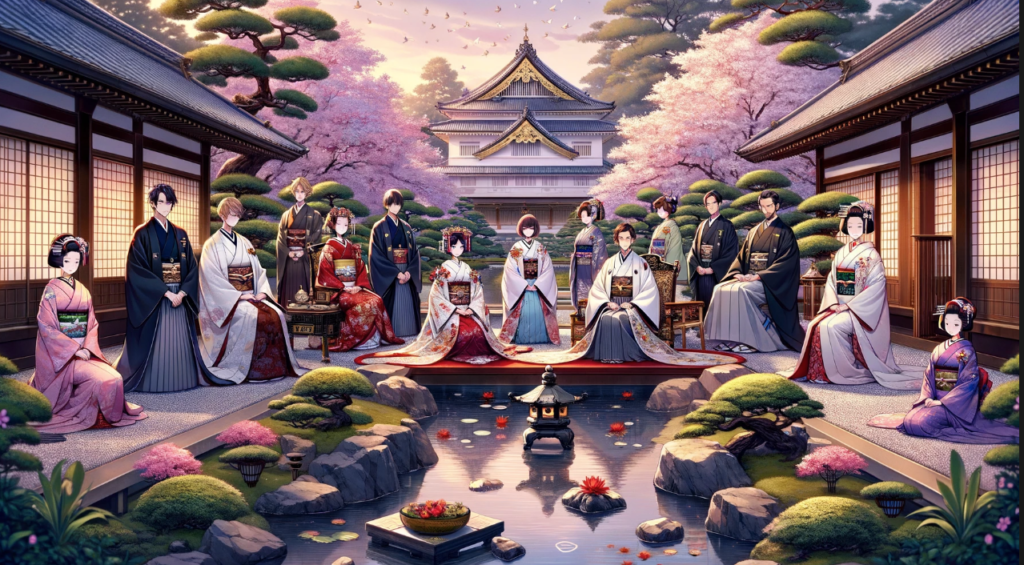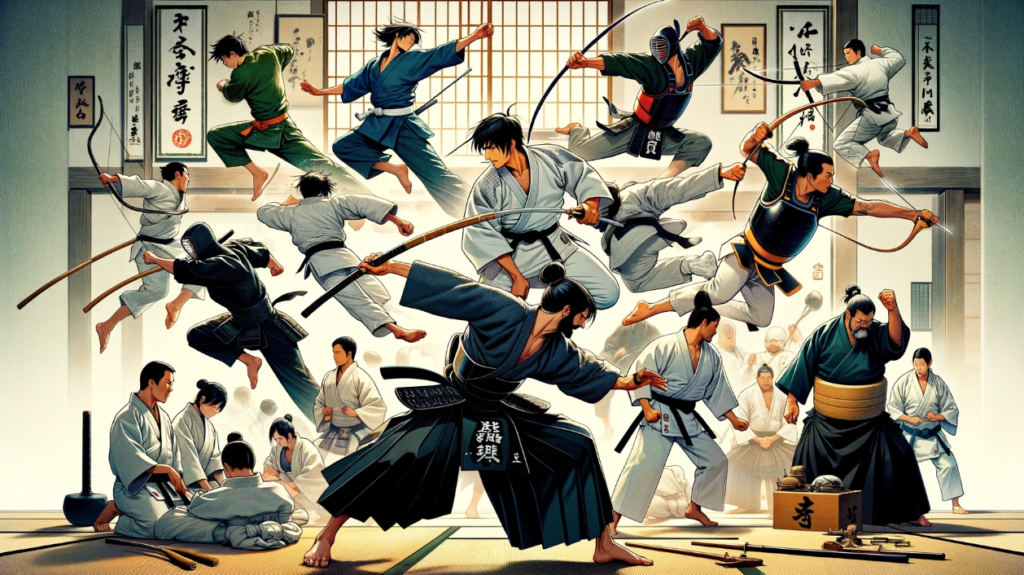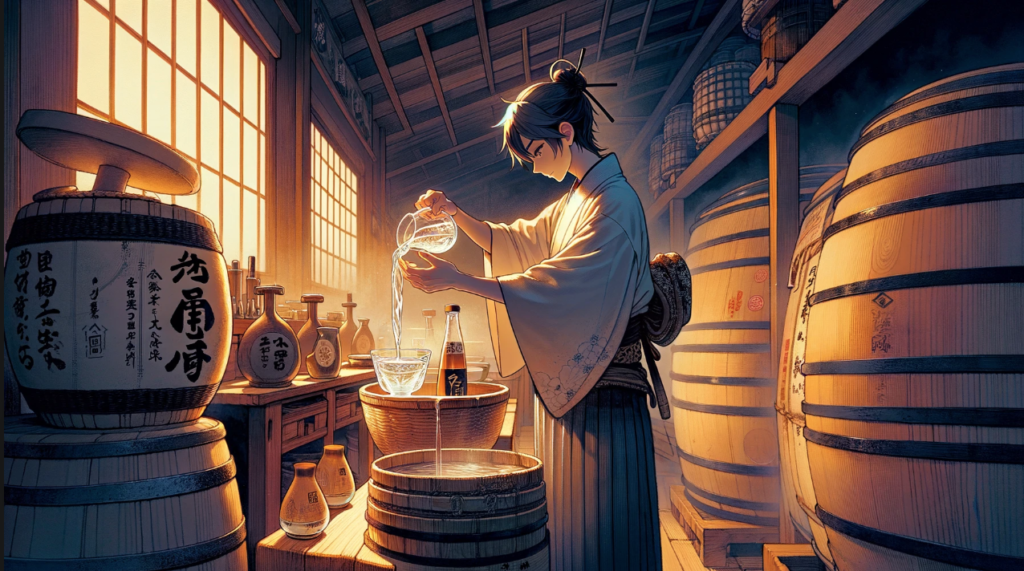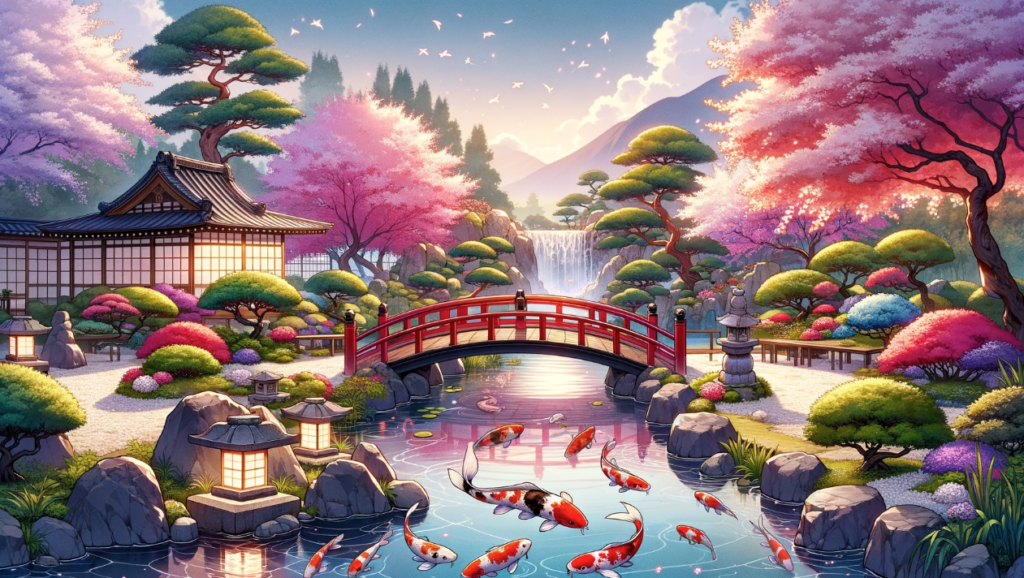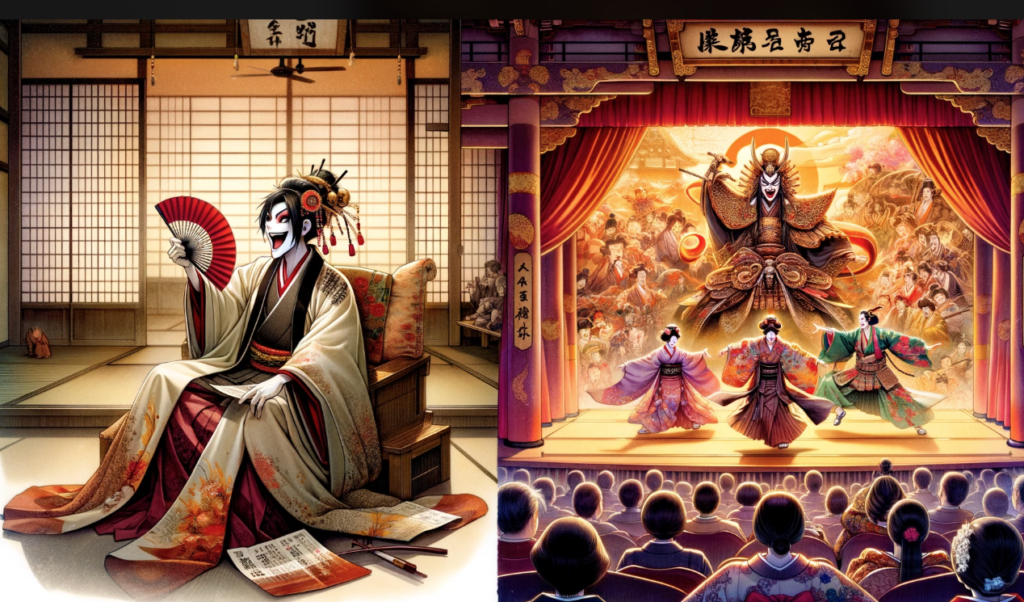
Lesson 39 Rakugo and Kabuki
Topic Question: Can you explain the Japanese tradition of storytelling through “rakugo” and “kabuki”?
No. 1: Introduction– First, try answering the question yourself.
The instructor will provide advice on vocabulary, grammar, and expression corrections.
Sample Answer – Let’s read aloud. Instructor will check your pronunciation and accent.
Rakugo and Kabuki represent two distinct but equally captivating forms of traditional Japanese storytelling. Rakugo, a form of comic monologue, relies on the skill of the storyteller to bring characters to life using only minimal props and changes in tone and pitch. The essence of rakugo is to entertain while providing a humorous perspective on human nature and societal norms. Kabuki, on the other hand, is a theatrical performance that combines drama, music, dance, and elaborate costumes and makeup to tell stories. Originating in the Edo period, Kabuki is known for its stylized performance and the unique way it portrays historical narratives, moral conflicts, and love stories. Both forms of art are deeply rooted in Japanese culture, reflecting the values, humor, and aesthetics of the society from which they emerged.
No. 2: Vocabulary Building- 5 Words to Learn and Their Meanings
- Monologue (独演, dokuen): A long speech by one actor in a play or movie, or as part of a theatrical or broadcast program.
“A rakugo performance is essentially a monologue, where the storyteller plays multiple characters.”
- Props (小道具, kodōgu): Articles or objects used on stage or screen to help enhance a performance.
“Despite rakugo storytellers using minimal props, such as a fan and a small cloth, they effectively bring their stories to life.”
- Elaborate (精巧, seikō): Involving many carefully arranged parts or details; detailed and complicated in design and planning.
“Kabuki theatre is known for its elaborate costumes and makeup, which are integral to the storytelling.”
- Stylized (様式化, yōshikika): Art that represents objects in an exaggerated way to emphasize certain aspects of the object.
“The stylized acting and visual elements of Kabuki make it a unique and captivating form of art.”
- Aesthetics (美学, bigaku): A set of principles concerned with the nature and appreciation of beauty, especially in art.
“Both rakugo and kabuki have their own unique aesthetics that reflect the cultural and historical context of their times.”
No. 3: Key Idiom and Example Sentences
“A picture is worth a thousand words” (一画千言) – This idiom expresses that a complex idea can be conveyed with just a single image, or that an image can tell a story just as well as a large amount of descriptive text.
“In kabuki, the elaborate costumes and makeup serve as ‘a picture worth a thousand words,’ conveying characters’ roles and emotions instantaneously.”
“Similarly, the minimalistic setting of rakugo challenges the storyteller to paint vivid pictures with words, proving that ‘a picture is worth a thousand words’ in the imagination of the audience.”
No. 4: Discussion and Exchange of Opinions on the Sample Answer
Instructor: How do rakugo and kabuki reflect changes in Japanese society over the centuries?
Student: [Opinions of students]
No. 5: Free Discussion on the Topic
Let’s delve into the evolution of rakugo and kabuki throughout Japanese history. How have these storytelling forms adapted to changing societal norms and technological advancements? Discuss the modern interpretations and presentations of rakugo and kabuki. How do they maintain their traditional essence while appealing to contemporary audiences? Additionally, consider the role of these storytelling traditions in educating and connecting people with Japanese culture and history. What do you think the future holds for rakugo and kabuki?


